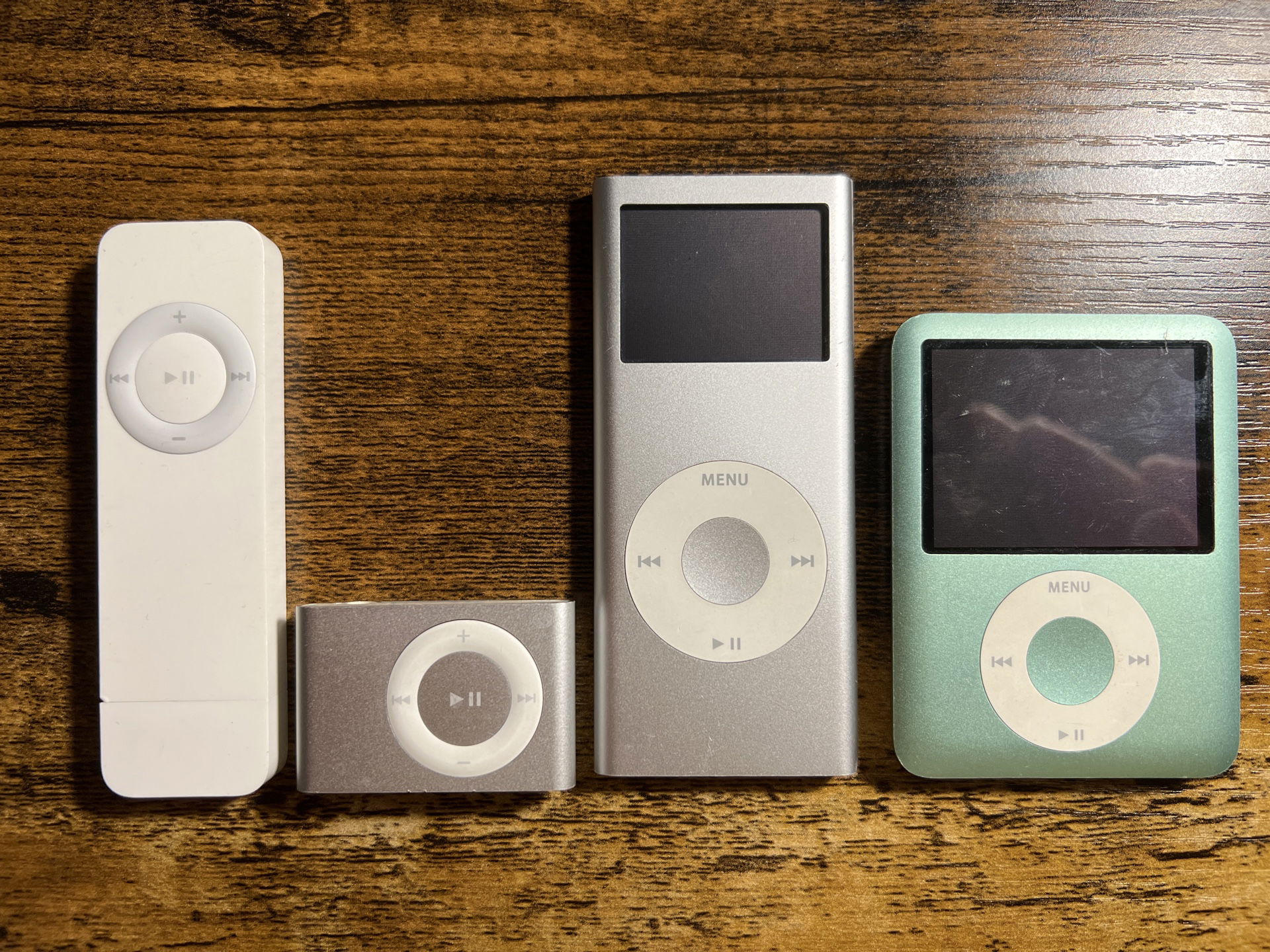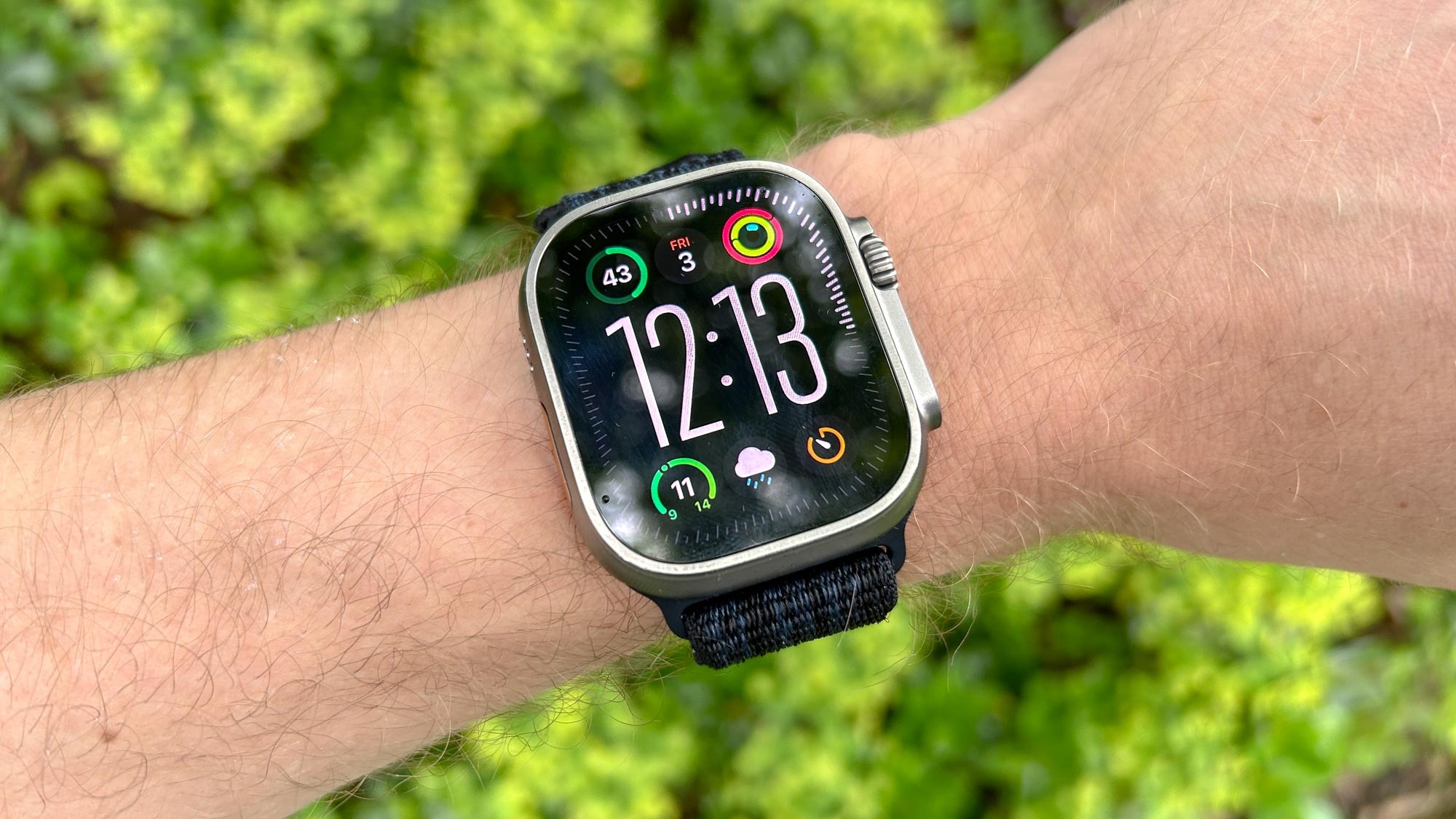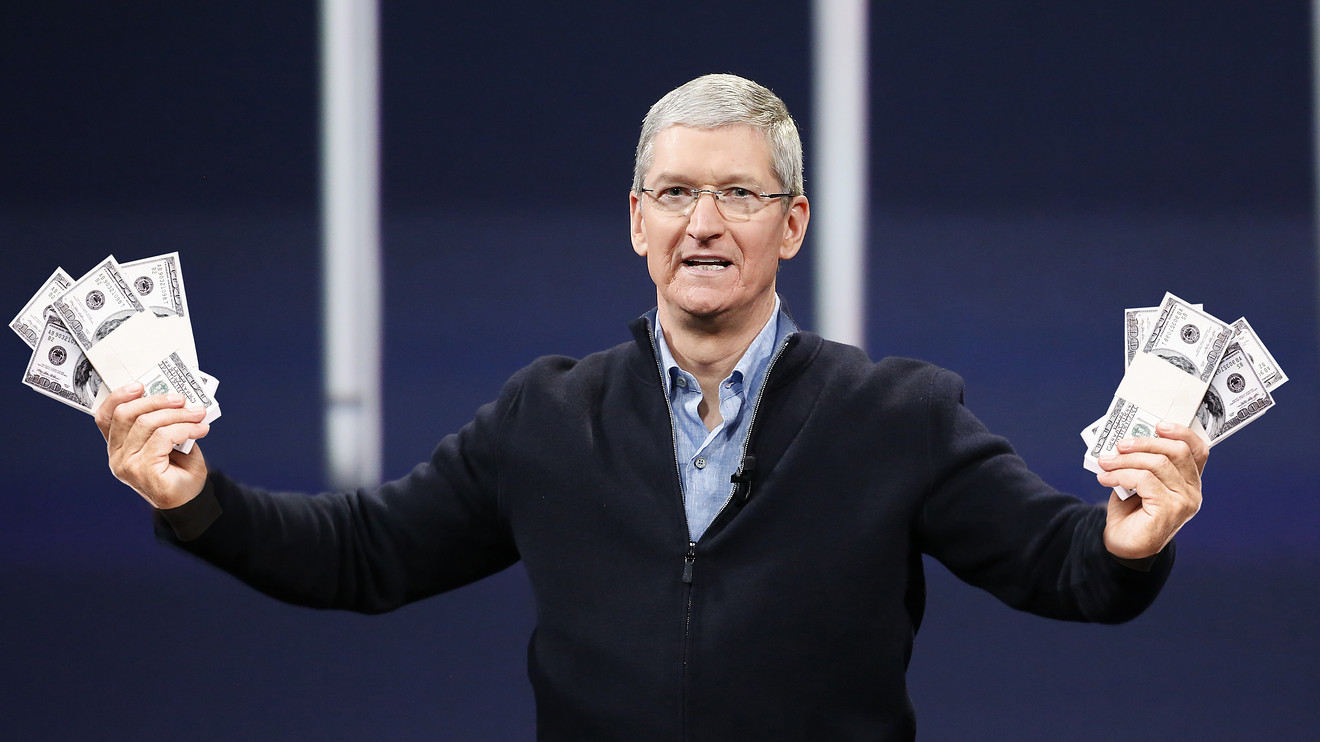Apple is now enjoying a significant tax benefit in India, making it less expensive to put together iPhones right there in the country. This news came from the government just this past weekend.
India, a Growing Hub for Apple
India has become the second biggest place where Apple makes its iPhones, only behind China. There have been big plans talked about, suggesting that by 2027, half of all iPhones might be made in India. However, things haven’t moved as quickly as hoped.
Last year marked a big change, though. According to Bloomberg, one out of every seven iPhones was made in India by April. The production of newer, high-end models was slower because they needed very specialized equipment. But with the iPhone 16, things got better as production in India started not long after the phone was first introduced.
New Tax Benefits
The Indian government has been slowly lowering the taxes on importing parts needed to make electronics in India. They’ve now made this even better by announcing more reductions. Reuters mentions that one of these changes is setting the tax rate to zero for printed circuit boards, which are crucial for phones like the iPhone.
During the annual budget presentation on Saturday, Finance Minister Nirmala Sitharaman shared that they’ve removed taxes on several parts needed for making mobile phones. This includes the assembly of printed circuit boards, parts for camera modules, and USB cables, which used to have a 2.5% tax.
This tax cut is expected to reduce the cost of making iPhones in India, hoping that Apple will choose to do more of its manufacturing there.





